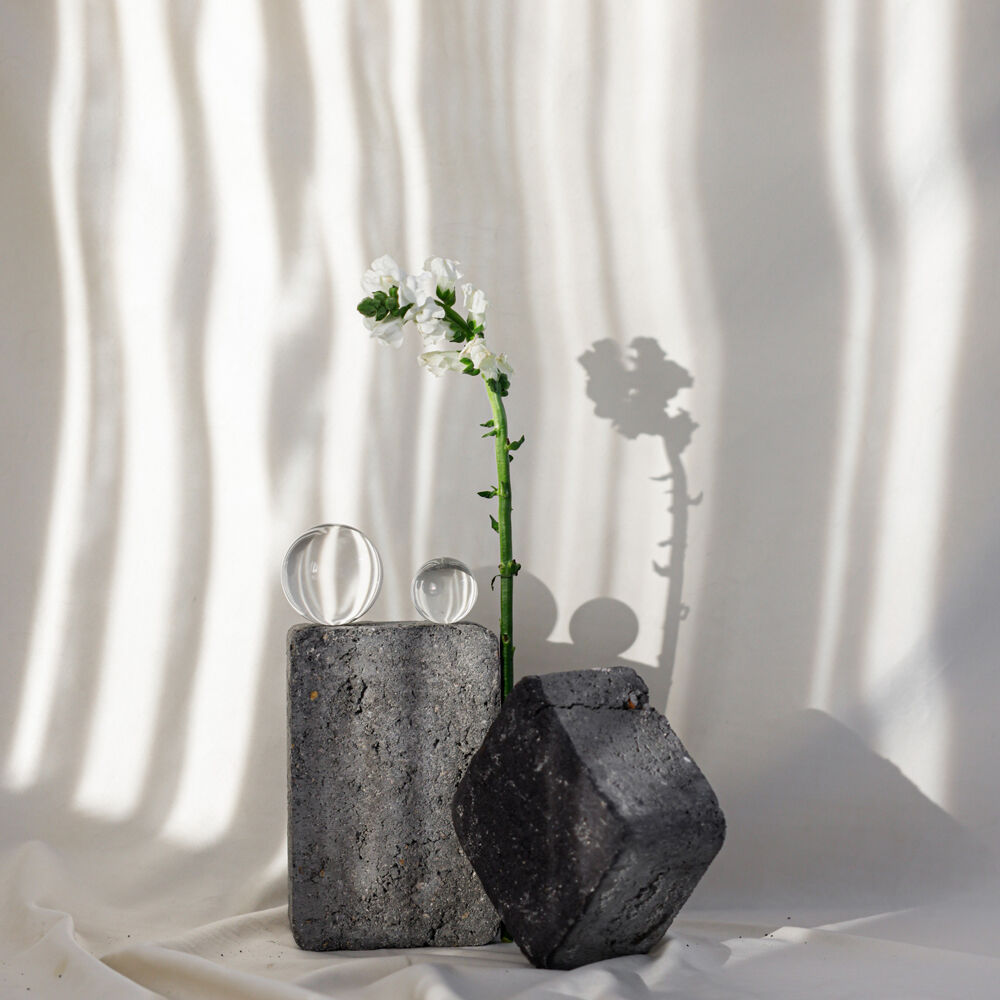
Our Process
We design our products with both people and planet in mind. This includes material health and the impact of our manufacturing processes.
For greater detail on what we are doing, see our 2024 Sustainability Report.
- Process Health & Safety
Our manufacturing processes require our employees to operate equipment and machinery and use organic solvents. To protect their health and safety as well as the surrounding communities, our Japanese mill follows the framework of ISO 14001, the internationally recognized standard for environmental management systems.
To minimize our environmental impact from chemistry and reduce waste we currently recover and recycle over 98% of solvents used in manufacturing.
Energy Conservation &
Climate ImpactIn 2020, Japan’s Prime Minister set an ambitious milestone for Japan to achieve net zero GHG emissions by 2050. Reducing greenhouse gas emissions is paramount to slowing the negative impacts of climate change and we recognize the importance of aligning with the Paris Agreement and limiting warming to 1.5° C
As part of our efforts to reduce emissions:
• We set a science-based target to reduce our emissions in accordance with the Science Based Targets initiative (SBTi) small and medium sized business standards. We will reduce Scope 1 and Scope 2 emissions 42% by 2030 primarily by increasing our use of solar panels and hydrogen boilers.
• We are in development of a new mill, which will be operational in 2025, that will include new energy sources featuring a hydrogen boiler, solar power, and storage including cogeneration.
• In 2023, we took on several activities to reduce our emissions including relocating our US-based warehouse to California, installing more efficient machinery, and cutting our use of air freight.- Water Conservation &
ImpactAs a finite and important resource, we’re managing our water consumption and wastewater pollution to mitigate the environmental and public health risks associated with fabric manufacturing. We are continuing to reduce our water consumption to meet our target of 20% reduction by 2025. - Material Conservation & RecoveryUltrafabrics designs durable, long-lasting products that often outlast the structures they inhabit. This design principle is intended to reduce the amount of material that is sent to landfill and reduce waste more generally.
However, textile industry waste is becoming a major component of landfills, so we take the following measures to reduce or divert our post-industrial and pre-consumer waste:
• Actively manage our manufacturing waste and target scrap ratio, optimizing efficiency to reduce waste and diverting the small portion of remaining waste wherever possible.
• We employ strict sample return policies and efficiently manage inventory to ensure that there is as little unsold inventory and waste from sales as possible.
• Donate obsolete inventory to local charitable organizations through our Mottainai donation program. We have donated and diverted over 30,000 yards since 2018.







